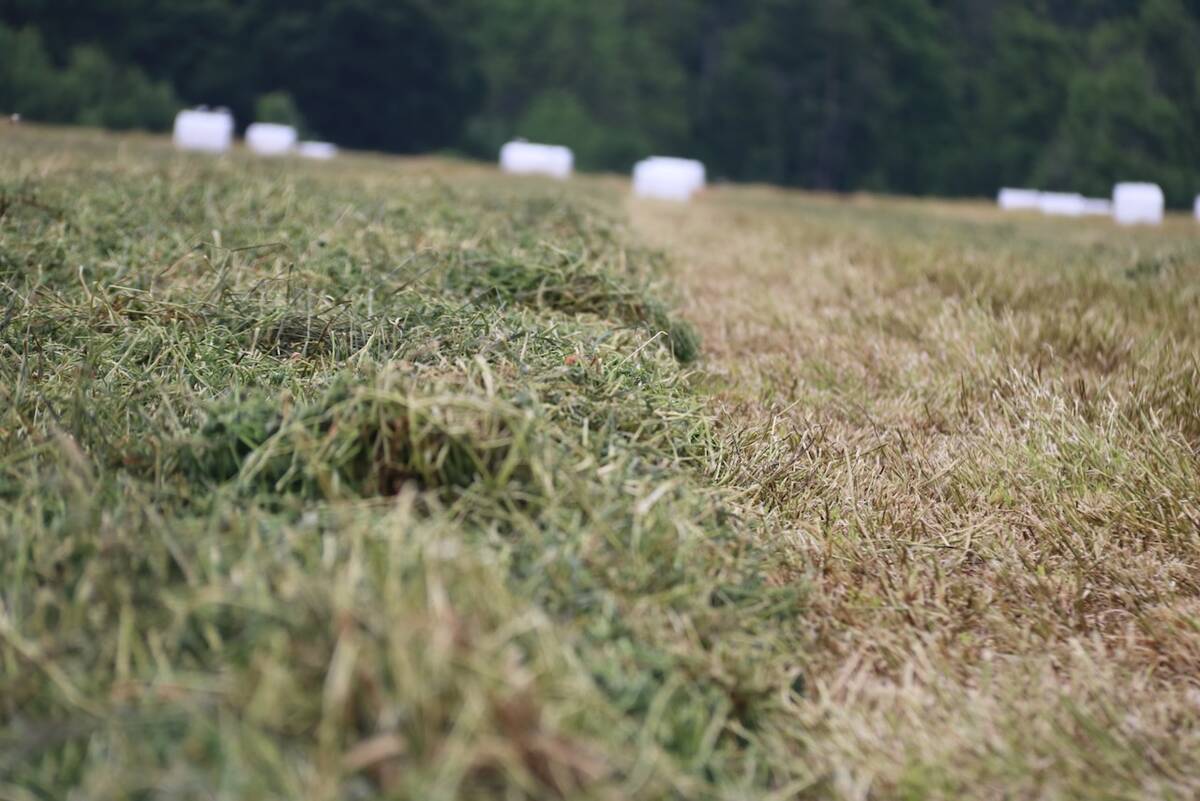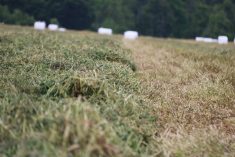Three percent, five percent or seven percent.
It’s become clear to trade experts that Canada will have to give American farmers a share of Canada’s dairy market to reach an agreement on a new NAFTA deal.
But no one, except a few negotiators and government insiders, knows the answer to the critical question.
“How much will be enough?” asked Patrick Leblond, who specializes in global trade at the Graduate School of Public and International Affairs at the University of Ottawa.
“Is it a tariff free quota of five percent of total milk production? Would that be enough to satisfy the Americans?”
Read Also

New high performance forage training program to launch in 2026
A new Canadian Forage and Grasslands Asssociation high performance forage program will be a resource for farmers, agronomists and others in the forage sector.
Negotiators from Mexico, Canada and the United States have been discussing NAFTA 2.0 in meeting after meeting in Washington, D.C., this week. On Aug. 27 the U.S. and Mexico announced a tentative bilateral trade agreement. U.S. President Donald Trump then set a deadline of Aug. 31 to reach a three way deal, putting incredible pressure on Canadian and U.S. negotiators to satisfy that objective.
Meanwhile, Canadian dairy farmers have been doing everything they can to protect supply management and keep the tariff free quota as low as possible.
Dairy producers have appeared everywhere in the media this week — in print, television, podcasts, radio and online — arguing that if Canadian negotiators give up too much it could signal the end of supply management and possibly dairy farming.
“It would be the end of the family farm here in Ontario and in Canada,” Ron Sleeth, an Ontario dairy farmer, said to Global News.
Dairy Farmers of Canada also unveiled a timely poll in late August, showing that Canadians want politicians to defend supply management.
The Nanos poll found that 79 percent of voters look favourably or somewhat favourably at politicians who back Canadian dairy farmers in the NAFTA negotiations.
The political pressure to protect dairy is intense, especially in Ontario and Quebec, but American negotiators are also under the gun.
Trump has promised American dairy producers that he would open up the Canadian market, so U.S. negotiators have to get something to appease Trump.
“He was up in Wisconsin and said he was going to fix this for American dairy farmers…. He really wants to go head on head with Canada about supply management,” said Bill Tomson, who covers trade for Agri-Pulse, a farm policy publication in Washington. “Whether or not it is a top (concern), it’s important.”
Complicating matters, there is immense pressure on U.S. negotiators and Trump to reach a NAFTA deal. Trump has been in a trade battle with half of the world for most of the last 18 months. He has imposed tariffs on hundreds of goods from China, Canada, Mexico and the European Union.
American farmers and many business leaders are sick of it and want the trade chaos to end.
The U.S. Chamber of Commerce, which represents more than three million businesses, has been a relentless critic of the Trump administration.
The front page of its website features eight stories on tariffs and how they’re hurting manufacturers, exporters and farmers across the U.S.
Tomson agreed that the pressure to end the NAFTA uncertainty is immense.
Trump may want to defend dairy farmers, “but getting a deal, I believe, is even more important,” Tomson said.
Canadians will find out, likely this afternoon or evening, if getting a deal is possible today.
Contact robert.arnason@producer.com
















